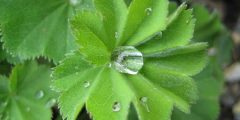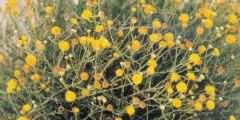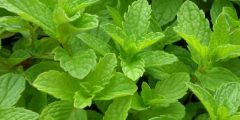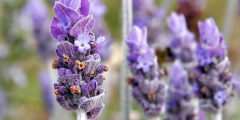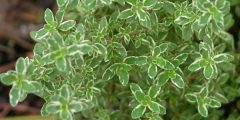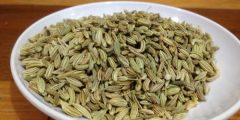Definition of predatory plants
Carnivorous plants are called carnivorous plants, because they feed on the flesh of small vertebrate and invertebrate organisms, such as: rats, mice, spiders, and insects. They attract them with their bright colors and leaves and prey on them with the help of specialized leaves that they possess as traps, then absorb the materials. Nutrients present in the prey to help it grow and reproduce more, knowing that it can grow without the need for predation.
Growth conditions of predatory plants
Carnivorous plants need specific conditions in order for their cultivation to be successful and to grow well, which are as follows:
- the light: Carnivorous plants prefer bright light, especially direct sunlight. Cool-temperature lights, such as fluorescent, also help this type of plant grow, especially in enclosed spaces.
- Humidity: The growth of predatory plants requires high humidity, as they can be grown in water basins, or inside swamps in areas with high humidity.
- waterRainwater, distilled water, and melted snow are considered suitable water for irrigating predatory plants. Tap water or mineral water should not be used to irrigate them.
- foodPredatory plants feed on insects, and it is possible to replace them with organic fertilizer when they are not available. It is worth noting that they do not feed on regular meat. This is due to its inability to digest the complex proteins contained in it.
- the soil: Despite the huge diversity of predatory plants and their different growing conditions, they share one characteristic: It is the type of soil in which it lives, as it prefers soil poor in nutrients.
- temperature: The temperatures at which predatory plants grow vary depending on their type. Some need very cold places, and others only grow in tropical forests of high temperature and humidity.
Read also:Benefits of sage for slimming
Examples of predatory plants
There are many predatory plants, examples of which include:
- pitcher plant: (In English: Pitcher Plants), and it is called this because its leaves carried on its stem resemble the shape of a pitcher. This type of plant grows in tropical regions with warm temperatures and high humidity in Australia and Southeast Asia. It catches prey by secreting a sticky, acidic liquid that attracts insects and they slide off. It captures them, and the bacteria present in it also help in the digestion process.
- Fly nooseDionaea: This type of plant lives in the coastal areas of North and South Carolina in the United States of America. It reaches a height of about 30 cm. It also has two valves that help trap the insect when it is captured.
- Sun dewCape sundew: It is found in South Africa in swamps and wet areas. It traps its prey by secreting a liquid containing acid and weak enzymes that digest the soft parts of the prey.


